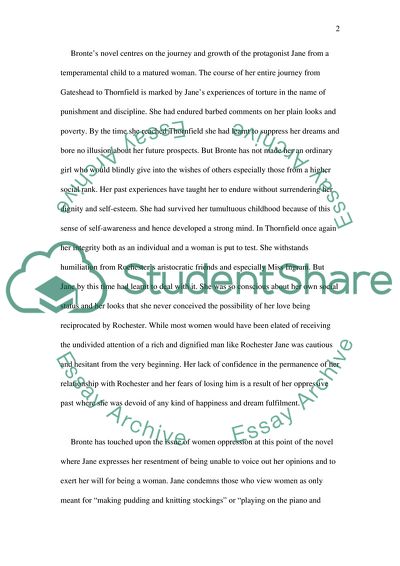Cite this document
(“Jane Eyre: the Story of Oppression and Protest Essay”, n.d.)
Jane Eyre: the Story of Oppression and Protest Essay. Retrieved from https://studentshare.org/literature/1552934-see-referencing-style-as-question-was-too-long-for-the-box
Jane Eyre: the Story of Oppression and Protest Essay. Retrieved from https://studentshare.org/literature/1552934-see-referencing-style-as-question-was-too-long-for-the-box
(Jane Eyre: The Story of Oppression and Protest Essay)
Jane Eyre: The Story of Oppression and Protest Essay. https://studentshare.org/literature/1552934-see-referencing-style-as-question-was-too-long-for-the-box.
Jane Eyre: The Story of Oppression and Protest Essay. https://studentshare.org/literature/1552934-see-referencing-style-as-question-was-too-long-for-the-box.
“Jane Eyre: The Story of Oppression and Protest Essay”, n.d. https://studentshare.org/literature/1552934-see-referencing-style-as-question-was-too-long-for-the-box.


